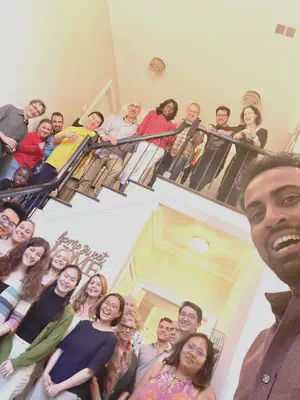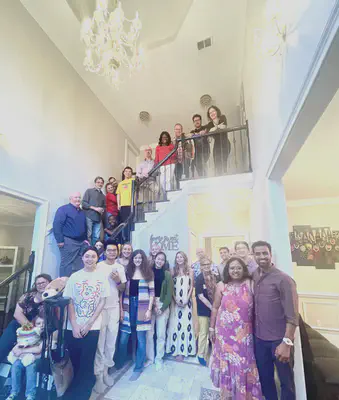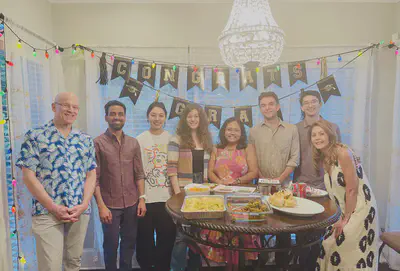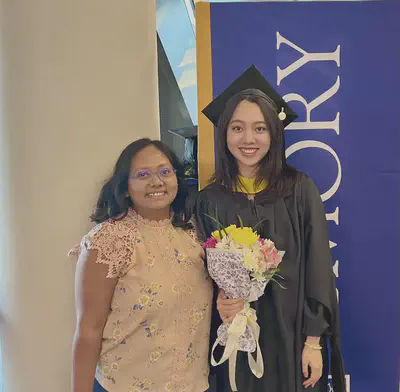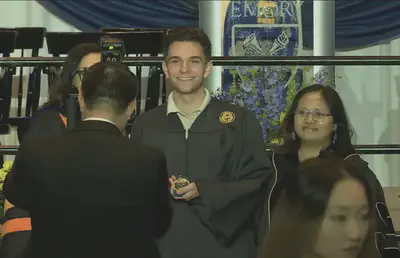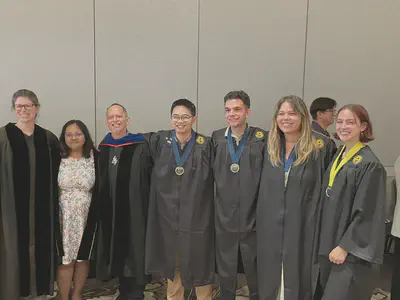Celebration of a great semester with students, colleagues, friends & families
We had a great semester: graduations, awards and recognition from national, regional, and University levels, internships with external agencies and more. So, we celebrated with students, colleagues, friends and families.
Event management credit went to the partner in crime: Biswanath Dari 🙂
